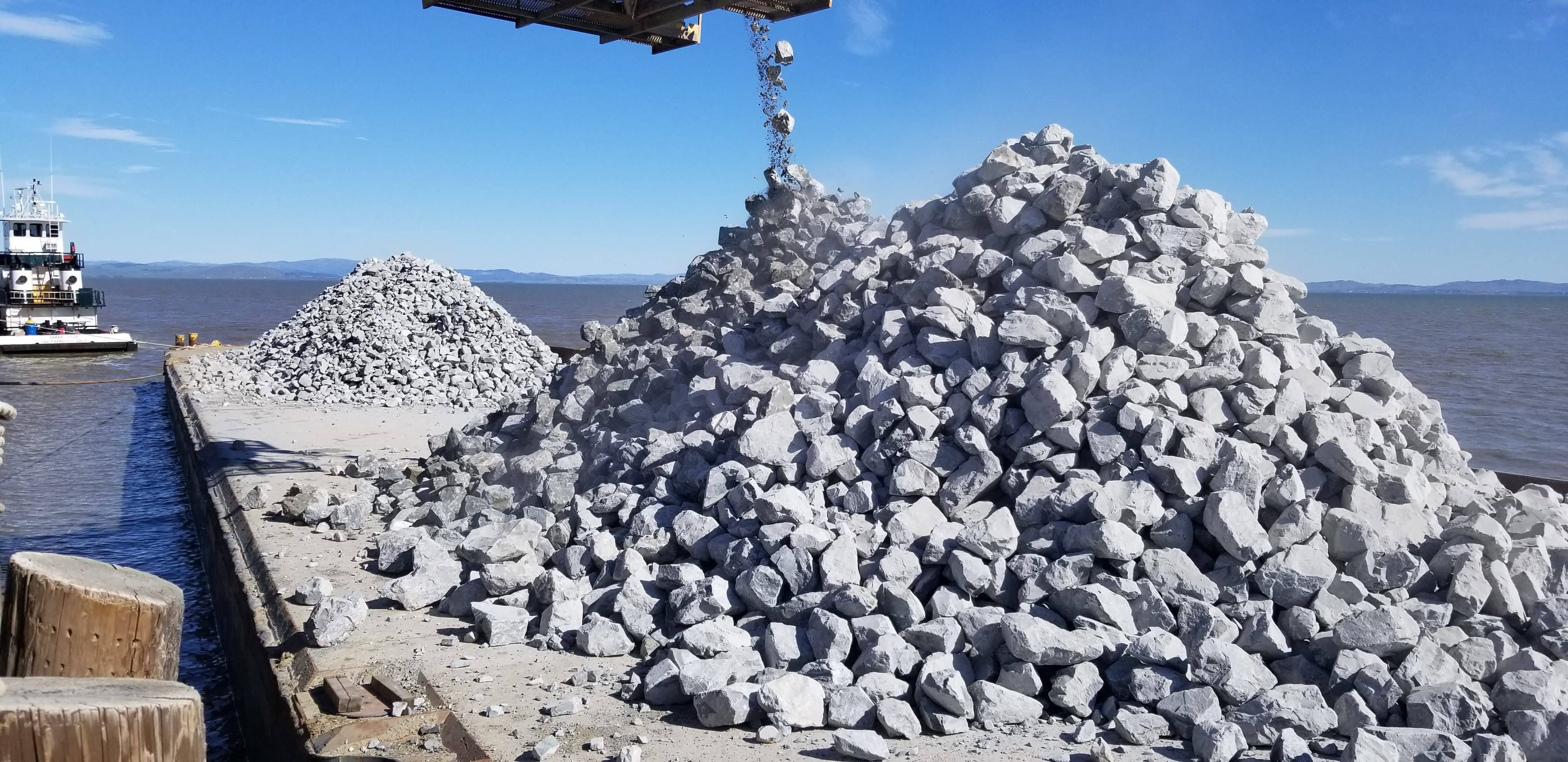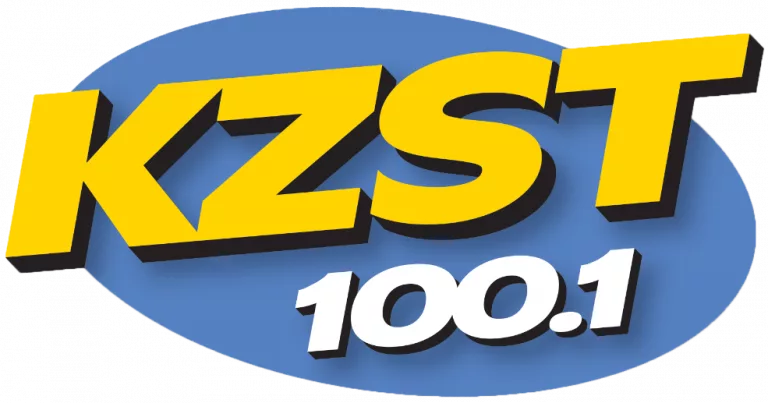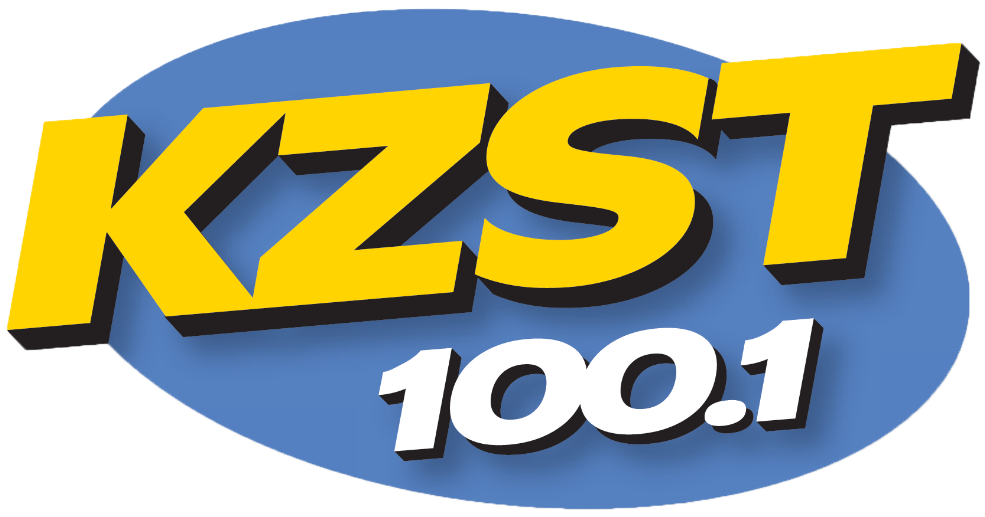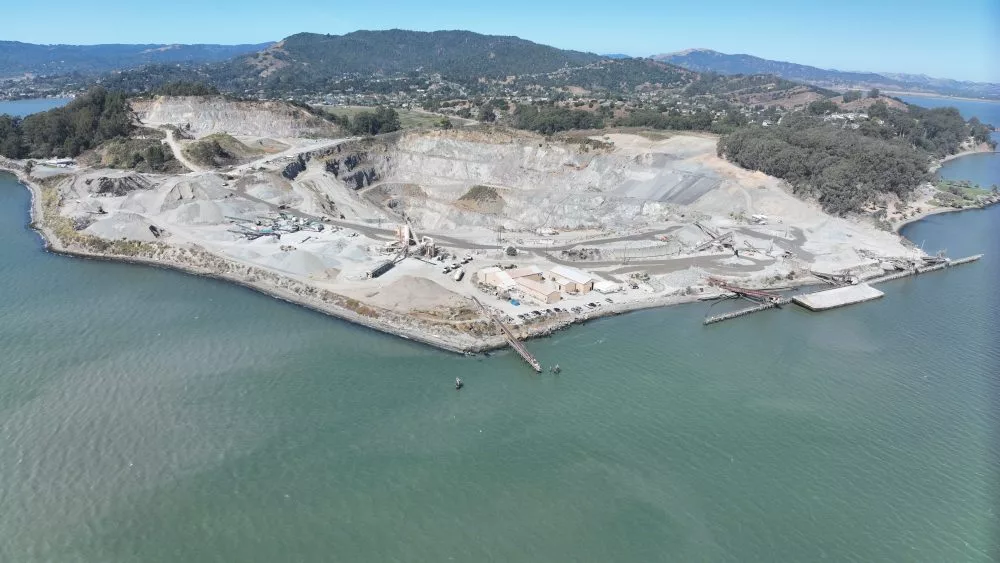CRH Plc is a substantial company by any measure. Based in Dublin, Ireland, it boasts 78,500 employees, does business in 28 countries and produced almost $35 billion in revenues in 2023. It operates in 48 states, and that number would be 49 if Trump is successful in bringing Canada into the U.S. fold.
According to its most up-to-date Securities and Exchange Commission quarterly filing, CRH made 28 acquisitions through September of last year, and it’s focused on growth. So, its November 2024 acquisition of San Rafael’s Dutra Materials (the construction business tied to the quarry located on Point San Pedro Road) makes perfect sense.
CRH (Cement Roadstone Holdings) is a building and construction supply business that distributes products including aggregate, cement and asphalt. It’s listed on both the New York Stock Exchange and the London Stock Exchange and has more than 50 subsidiaries. It’s a member of the Fortune 500 and was founded in 1970 when Cement Ltd. and Roadstone Ltd. merged.
The Irish company now operates at 1000 Point San Pedro Road in what’s been long known as the Dutra Quarry. Technically, Dutra still owns the quarry, but Dutra Materials now belongs to CRH Americas, and the Dutra employees now have their paychecks signed by CRH. The quarry produces rip rap, sand, asphalt, base rock and drain rock. Parent company The Dutra Group has a trio of business segments with dredging, marine construction and materials.
As a part of the sale arrangement, Dutra operates the barging operation that takes materials out of the quarry via the bay on behalf of CRH on a contract basis. This makes sense since Dutra has barging expertise and CRH has supply-side knowhow. Going forward CRH is in charge of quarry operations and the continued reclamation of the Dutra property.
Dutra of course has property in Petaluma as well, known as Hayland Stack—a location where Dutra had hoped to build an asphalt plant just off the Petaluma River. But that project stalled out during the permitting process. It also has a location in Richmond.
The sale of Dutra’s business to CRH took place late last year. Oddly enough, it was only the second foothold that CRH had in California. The company previously acquired BoDean Company Inc. and Northgate Ready Mix LLC in Santa Rosa. Given the construction trade in California and CRH’s appetite for growth, entry into the Golden State was long in coming.
Aimi Dutra, the head of community relations for Dutra, said that her family wasn’t looking to sell the quarry operation or shopping it on the market. In the past other suitors had come calling, but none of those overtures rose to a serious deal. When CRH approached Dutra, the local company felt it was a good fit for its needs as well as the community.
The deal process took more than a year to come together. (When we spoke, Aimi Dutra was as forthcoming as she could be, but reading between the lines of her comments, it’s clear that CRH is calling the shots when it comes to what her company is allowed to talk about. She was professional as she answered questions but also treaded carefully in what she shared.)
Dutra’s original business got started in the Delta, close to the Rio Vista Bridge. Created in 1972 as a dredging service, the company grew from a literal backwater organization into commercial endeavor that not only helped shape the California Delta but operates on a national and even international basis. While it has its own museum in Rio Vista, its headquarters is in the Canal neighborhood of San Rafael on Kerner Boulevard.
“This deal allows us to come full circle back to our marine roots,” she says. Aimi Dutra says going forward the company will look at expanding its marine and dredging business on a national basis.
The Dutra-CRH deal was made quietly last year, with Dutra retaining the quarry property but not the quarry business. The announcement about the transaction was just four paragraphs long but it did include a dandy photo of the quarry on a bright sunny day. It also included an obligatory quote from Scott Parson, president of Americas Materials Solutions, the division of CRH where Dutra Materials now lives. “We are delighted to welcome Dutra Materials into the CRH family. Following our entry into the state of California earlier this year via the acquisitions of BoDean Company and Northgate Ready Mix, we are excited to expand our presence in California and further enhance our ability to provide integrated solutions to customers in this attractive market.”
And if that doesn’t stick a lump in your throat, well you just aren’t in touch with your feelings.
The announcement by CRH didn’t include a quote from anybody at Dutra. As a senior reporter at digital financial news outlet The Deal, I see probably 25 of these statements a week in my inbox. And while there are no hard and fast rules about what has to be included, there are some standard ingredients. One of them is a quote from both the acquirer and the acquiree. The quotes always depict the transaction as the best thing ever. Quite often they include the advisors who helped pull off the deal, the value of the transaction and how the acquisition will help shape the surviving company.
The deal announcement came from CRH, the controlling partner in the transaction, so they determined what information would be included. Aimi Dutra says she had worked hard on a press release about the sale and sent it to CRH. After it was run through the chain of command, it was a mere shadow of itself.
No price for the Dutra operation was included, and Dutra demurred from revealing that information, pointing to their status as a private company. “I know you have to ask,” Dutra said.
Which is absolutely true, and the fact that no value was included by CRH means that is how they want it. That said, the last thing Dutra wants to do is upset CRH since they have to work with them on a continuing basis via the barge business.
However, CRH is a public company which is obligated to report developments that are deemed “material.” This is a semi-nebulous word used by the Securities and Exchange Commission to protect investors and ensure that public companies present important information to their shareholders. So, in the report known as a 10-K, the annual report required of every public company, it will have to reveal the value of the deal when it does file the report for 2024.
I pointed this out to CRH in an email. The following was their response.
Crickets. There was no response.
For the record CRH declined to comment for this story or make anyone available to participate in an interview. And while the sole response from the company was both professional and polite, it didn’t explain why there would be no chat. They wrote they hoped I would understand.
Alas, I do not.

A Look Back at the Quarry
In the interest of full disclosure, I’m familiar with the quarry because years ago I covered issues over Dutra’s operations for the Pacific Sun. Dutra purchased the quarry in 1986 with a non-conforming status attached to the property. That’s planning speak meaning that Dutra could operate the quarry but could not expand the property or grow its use.
If you are asking yourself what a quarry is doing in a residential area, that’s a fair question. The quarry in one form or another has been around since 1870. But a previous quarry owner had told the county in 1982 it planned on shutting down the operation and pursuing a different use for the land. Based on this information, more residential development took place.
But in the best tradition of competing uses, neighborhoods and the quarry would inevitably have challenges coexisting. Some houses were added, and the quarry continued to operate. In other words, trucks leaving and arriving at the quarry shared the road with residents driving to work, going to the grocery store and running the kids to soccer. The quarry blew rock from its walls and some neighborhood windows shook.
More conflict arose when the quarry’s production increased, and its hours of operation grew. Truck traffic in and out of the quarry intensified. Neighbors complained of more dust and noise. The quarry erected buildings on its property without obtaining county permits. In 2001, the Marin County Grand Jury looked into the quarry operations and questioned just how serious the county was about overseeing operations. The grand jury report concluded that while the quarry was operating at a higher level, the county had, in many ways, failed to deal with those changes.
Meanwhile relations between quarry neighbors and Dutra deteriorated.
The Point San Pedro Coalition was formed in 1999 to represent the interests of east San Rafael quarry neighbors—from 25 neighborhoods including Peacock Gap, Loch Lomond and Villa Real.
In 2003, lawsuits were filed by the coalition, the State of California, a small group of neighbors and the County of Marin against the quarry. A judge initially ordered the quarry to halt operations and that an amended reclamation plan be drafted. The quarry agreed to put the reclamation plan together and the judge allowed the quarry to continue to operate.
The wheels of bureaucracy grind slowly and a valid environmental impact report (EIR) took six years to complete, with the EIR tied to both the reclamation plan and an updated operating permit. The county signed off in 2010. The operating permit came with 172 different conditions which included change to blasting regulations, air testing, marsh restoration and a repaving of a portion of Point San Pedro Road.
The Dutra Group has built a formidable business, in part by being in the right place at the right time. In June 2004, the State of California awarded an emergency contract to Dutra to repair the Jones Tract levee failure in San Joaquin County. To accomplish the repair on time, the company asked the County of Marin to allow it to operate 24 hours a day. The county said no, but Dutra got the job done 20 days early anyway.
While relations between the neighbors and the quarry have at times been rocky, Denice Lucy of the Point San Pedro Coalition said that, in recent years, the neighborhoods and the quarry have gotten along well. Lucy, the co-chair of the coalition and a business professor at Dominican University in San Rafael, said the quarry hasn’t been as busy and has done a better job of communicating with its neighbors.
A 27-year resident, Lucy said that there are three areas of ongoing importance where the quarry is concerned: air quality, road condition and wetland restoration. She said all three areas are subject to continuing work, but the coalition and the quarry have “reached cooperation.”
Lucy said that Dutra had briefed the coalition on the CRH deal early, though she wasn’t sure exactly when the discussion took place. She did say, however, the company talked to the coalition before it briefed its quarry crew. “We didn’t want [the coalition] hearing about it by reading the newspaper,” Dutra said.
After a rocky history, Dutra is aware the CRH transaction could raise some eyebrows, and some suspicions, but Aimi Dutra has been doing public relations for a long time. “We still live in this community. This needs to work for all of us. And it does take time to build trust.”
Lucy said the coalition had no official contact with CRH, just a quick meet and greet at the annual holiday party held by Dutra. There may be a meeting in March, according to Dutra, where the coalition can meet with CRH.
Aimi Dutra said she feels that CRH taking the quarry over will be a good fit for San Rafael and for the quarry neighbors. “Their (CRH) culture and ours are very similar.”
The future with CRH
Lucy doesn’t seem concerned with the sale of Dutra to CRH, though she is not well versed in CRH. When she was told that CRH had almost $35 billion in revenues in 2023, she was surprised. She takes comfort in the fact that Dutra is still involved at the quarry on behalf of CRH.
The reality is, there aren’t many large businesses in Marin. BioMarin Pharmaceutical Inc. is of course huge in San Rafael and Novato, but its share price was “only” $68.25 on Feb. 21. Its market capitalization (the value of all of its public stock) was $13 billion.
Autodesk used to be in Marin before it moved its headquarters to San Francisco. For comparison it traded at $285 a share Feb. 21 with a market cap of $61.2 billion.
CRH traded that same day at $100.34 and carried a market cap of $68 billion.
The company is majority owned by institutional investors to the tune of almost 78% of its shares. In the real world that means that hedge funds and Wall Street types will have more than a small influence on the company going forward. In keeping with the idea of pleasing investors the company has been involved in a share buyback program looking to bump its stock price by purchasing and retiring $300 million in company shares.
With more than 50 subsidiaries, including the Dutra operation, that’s a lot of moving parts and part of the challenge facing CRH.
Under the current agreement with the county, CRH can operate the quarry until 2044. The deal between Dutra and CRH allowed Dutra to profit from the quarry resource sale, and the company will continue to own the quarry property itself. At present, the property is zoned for future use that could include mixed use, which is commercial and residential.
In the end, there is nothing about the deal or the quarry for that matter, that is business as usual. Quarries are simply not located in residential neighborhoods, but that’s precisely the case here. CRH is a mammoth company, which for many makes it automatically suspect. Add to that the fact it produces literally billions and billions of dollars, Deutch marks and yen, and now you have the ingredients for mistrust, whether that’s fair or not.
Aimi Dutra swears she believes CRH will be a good neighbor. And that’s exactly what she should say. I get the feeling her sentiment goes beyond parroting the company line, veering into that area known as belief. And for the good of the neighborhood, let’s hope she’s right.
But in the time of Trump, a new bedrock belief is being mined on a daily basis, all puns intended. These days it pays to invest heavily in observing actions taken, and disregard words that sound like lip service.






